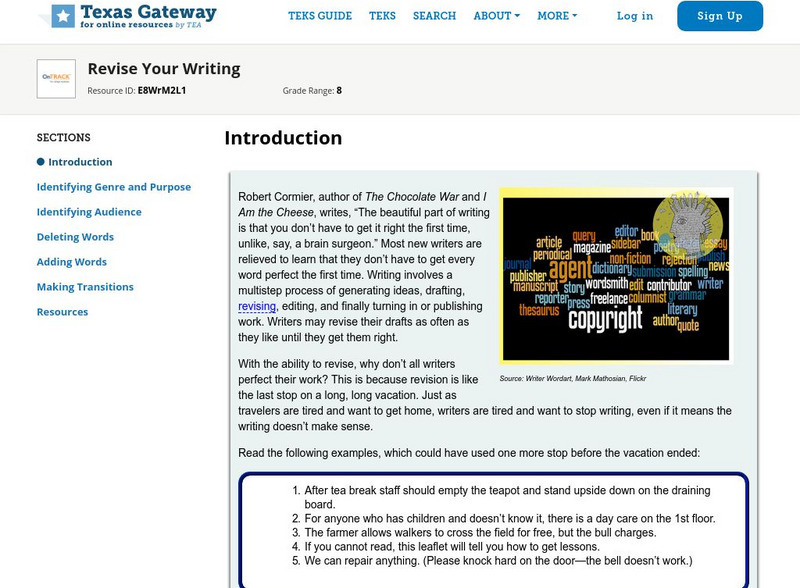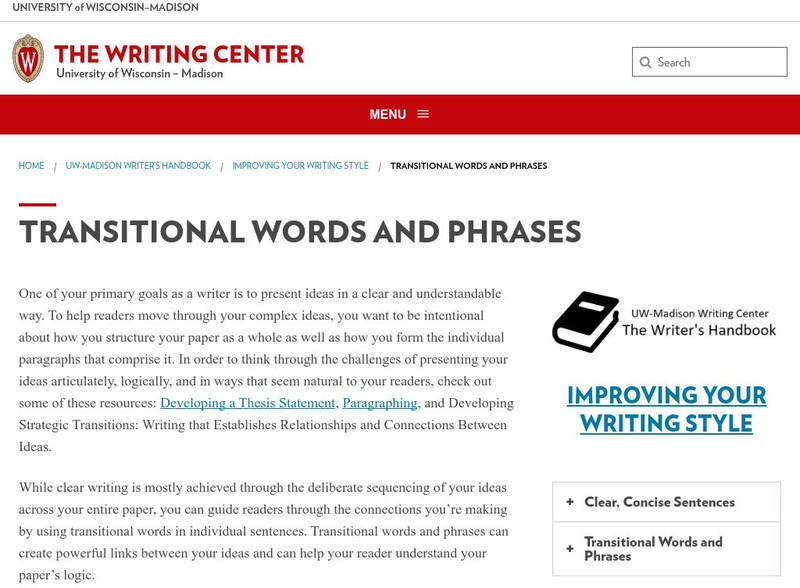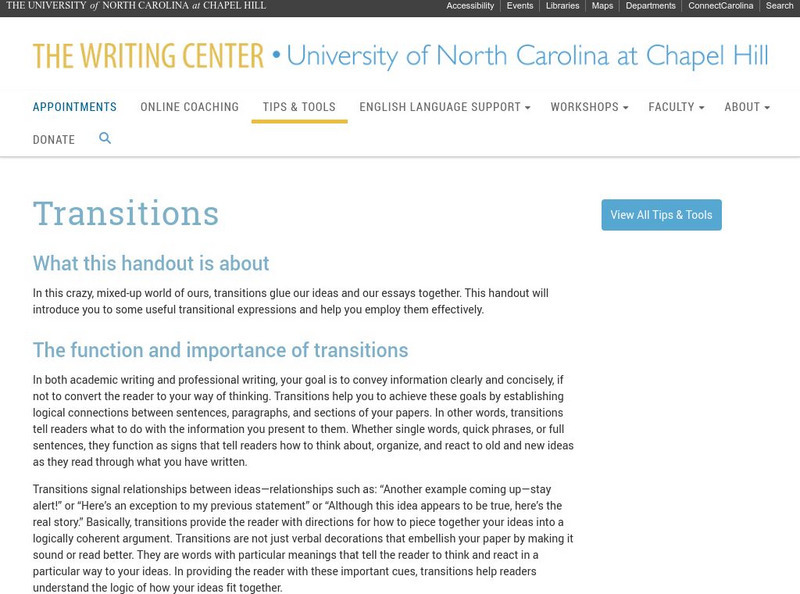Hi, what do you want to do?
Curated OER
The Only Superstitious Person Is Huck Finn
Fourth graders interview people from three different age groups about superstition including what they believe and why they believe it. This lesson goes along with the classic book, The Adventures of Huckleberry Finn.
Curated OER
Silly Nilly
Fourth graders create their own stories with a life instructional activity and illustrate them.
Curated OER
Photoelectric Devices
Fourth graders view a teacher-made PowerPoint presentation on how photoelectric devices work, and then they answer FCAT-like questions on the material presented. They answer questions about what they viewed in an assignment imbedded in...
Curated OER
McLean Train Yard
Students conduct online research and incorporate graphics and maps into a Powerpoint presentation that details life at the McLean train yard in its heyday.
Curated OER
Socializing at Work
Young scholars practice social conversation using adjectives and phrases describing good and bad weather. They review the present perfect continuous, present continuous, past continuous and future continuous tenses.
Curated OER
Do You want? Do You Like? There is/ There are
Students understand and recognize the names of various foods. In this food bingo lesson, students work in pairs to practice questioning with the phrases: do you want and do you like. Students practice listening and speaking skills while...
Curated OER
Kwanzaa Language Arts: The Tambiko
Learners read or hear about famous African Americans to learn about the ways in which they exemplify one of the seven principles of Kwanzaa.
Curated OER
A Country of Migrants?
High schoolers list reasons in support or rejection of the United States being a country of migrants through a written statement and discussion. They answer questions posed regarding immigration.
Curated OER
Ecology: Trees
Fourth graders read the defintions of renewale and nonrenewable resources and discuss any incorrect responses. They view a sample of work for the class to see which they describe posting responses on the board in their respective columns...
Curated OER
Inventors and their Inventions
Students create a PowerPoint or Keynote presentation on a specific inventor and their invention. This lesson is web-based and includes resource links, alternative lesson ideas, and lesson extensions.
Curated OER
Community Brochures
Second graders research facets of their community in order to create an informational brochure. After brainstorming ideas of what could be included in the brochure, student groups get information from the internet, the library or a...
Curated OER
The Periodic Table
Eleventh graders examine the history and development of the periodic table and properties of elements. They complete worksheets, take notes during a teacher-led discussion, and produce their own periodic table.
Curated OER
Soil Slope
High schoolers study how to measure the soil slope of an area. In this soil lesson students work in groups and complete an activity that allows them to find the slope of a given area.
Curated OER
Are We Americans Again? A Portrait of Japanese American Internment
Students study letters and images of the Japanese American Interment during World War II. They discuss the issues presented.
Curated OER
Homology
Students investigate the concept of homology. They are particularly interested in finding information about developmental homology. Students design a new animal correcting obvious mistakes on a worksheet provided by the teacher. They...
Curated OER
States of Fitness
Students participate in physical activities coordinating to divisions on a map.
Curated OER
Watershed Components
Eighth graders examine the components of a watershed. They view overheads, discuss the hydrologic cycle, and observe a demonstration of a soil erosion box.
TES Global
Blendspace: Expository Writing Using Transitions
A seven-part learning module on using transitions in expository writing. Lessons include text, images, a video, and a writing prompt.
University of Richmond
University of Richmond: Using Transitions
A discussion of how to use transitions for effective writing. W.9-10.2c cohesion/clarity/trans, W.11-12.1c Transitions/Cohesion, W.11-12.2c Transition/Cohesion CCSS.ELA-Literacy.WHST.6-8.2.c
Texas Education Agency
Texas Gateway: Revise Your Writing
[Accessible by TX Educators. Free Registration/Login Required] In this lesson, you will learn to revise your writing for clarity. You will begin by reviewing some major considerations for revision: genre, purpose, and audience. You will...
Other
Indiana University of Pennsylvania: Writing Center: Using Transitions
This Indiana University of Pennsylvania Writing Center resource provides tips to ensure organizational flow content.
University of Wisconsin
University of Wisconsin: Using Transitions: Transitional Words and Phrases
Tables of words that show different types of sentence transitions. W.9-10.1c cohesion/clarity/reason, W.9-10.2c cohesion/clarity/transitions. CCSS.ELA-Literacy.CCRA.W.4, W.11-12.1c Transitions/Cohesion, W.11-12.2c Transition/Cohesion....
University of North Carolina
University of North Carolina: Writing Transitions
This University of North Carolina writing tutorial gives examples and how to use transitions and stresses the importance of organization. W.9-10.1c cohesion/clarity/reason, W.9-10.2c cohesion/clarity/trans, W.11-12.1c...
Sophia Learning
Sophia: Transition Words
This tutorial focuses on transition words. In text it defines transition words and how they improve writing; in PDF it provides a list of transition words and phrases by category with examples. Using a PowerPoint presentation, it...




























